Invented by Joseph GUANERI, Daniel Posnack, Peter Arn, Wendy Para, S. Adam Hacking, Micheal Mueller, Jonathan Greene, Steven Mason, Rom Technologies Inc
The system and method of processing medical claims refer to the technology and processes used by healthcare providers, insurance companies, and other stakeholders to manage and process medical claims. This includes the submission, validation, adjudication, and payment of claims. Traditionally, this process was manual and paper-based, leading to delays, errors, and inefficiencies. However, with advancements in technology, the market has witnessed the emergence of automated systems and software solutions that have revolutionized the way medical claims are processed.
One of the key drivers of the market for the system and method of processing medical claims is the increasing volume of claims. As healthcare services become more accessible and the aging population grows, the number of medical claims being filed has surged. This has created a need for efficient systems that can handle the large volume of claims while ensuring accuracy and compliance with regulations.
Another factor driving the market is the need for cost reduction and improved efficiency in healthcare operations. Manual processing of medical claims is not only time-consuming but also prone to errors, leading to increased administrative costs and delayed payments. Automated systems can streamline the entire process, reducing the need for manual intervention and improving efficiency. This, in turn, helps healthcare providers and insurance companies save costs and allocate resources more effectively.
Furthermore, the market for the system and method of processing medical claims has been fueled by the increasing adoption of electronic health records (EHRs) and other digital healthcare solutions. EHRs contain comprehensive patient information, including medical history, diagnoses, and treatments, which can be seamlessly integrated into the claims processing system. This integration eliminates the need for manual data entry, reduces errors, and speeds up the processing time.
In terms of key players, the market for the system and method of processing medical claims is dominated by software vendors specializing in healthcare IT solutions. Companies such as Cerner Corporation, Epic Systems Corporation, and Allscripts Healthcare Solutions have developed robust claims processing systems that cater to the needs of healthcare providers and insurance companies. These systems offer features such as real-time claim status tracking, automated coding and billing, and analytics for performance monitoring.
In conclusion, the market for the system and method of processing medical claims is witnessing significant growth due to the increasing volume of claims, the need for cost reduction and efficiency, and the adoption of digital healthcare solutions. As the healthcare industry continues to evolve, the demand for streamlined and automated claims processing systems will only continue to rise. This presents a lucrative opportunity for software vendors and other stakeholders in the market to develop innovative solutions that can meet the evolving needs of healthcare providers and insurance companies.
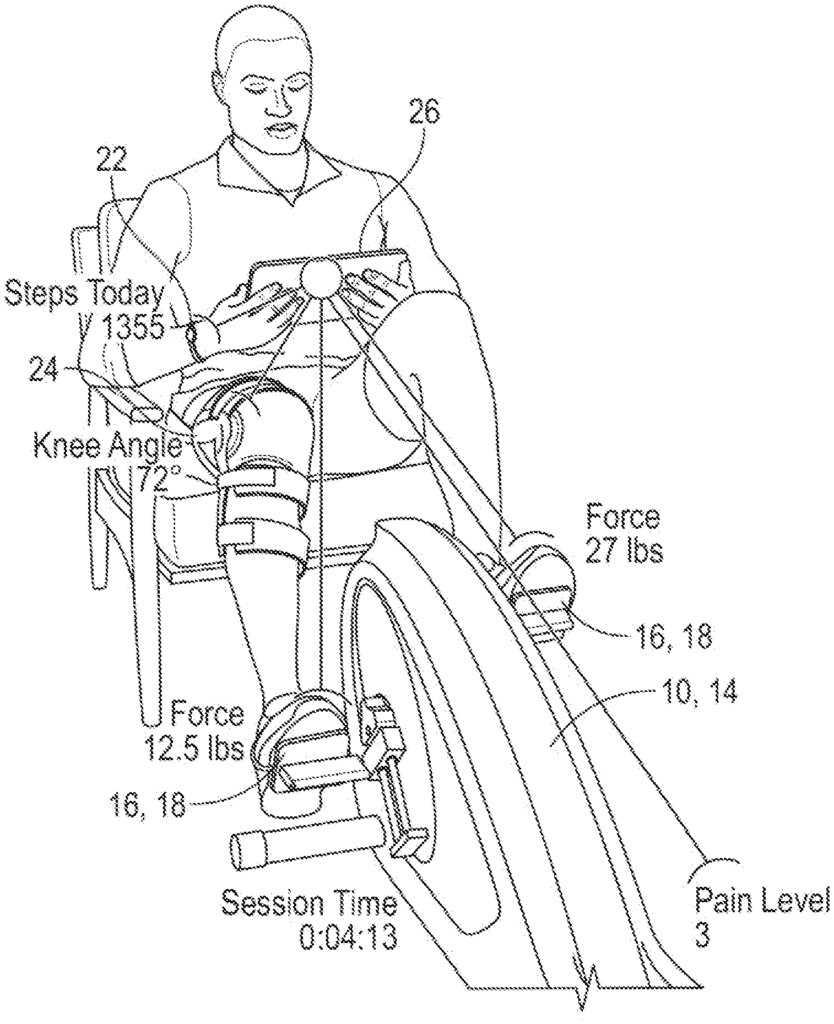
The Rom Technologies Inc invention works as follows
A computer-implemented medical claim processing system is disclosed. The system comprises a medical tool that can be used by the user to perform a treatment plan, a patient interface connected to the medical tool and having an output for telemedicine data associated with a session of telemedicine; and a processing unit. During a telemedicine session the processor is configured for receiving information from a device. The processor can then determine device-based coding by using the information generated by the medical device. The processor is also configured to transmit device-based medical code information to a claims adjudication server.
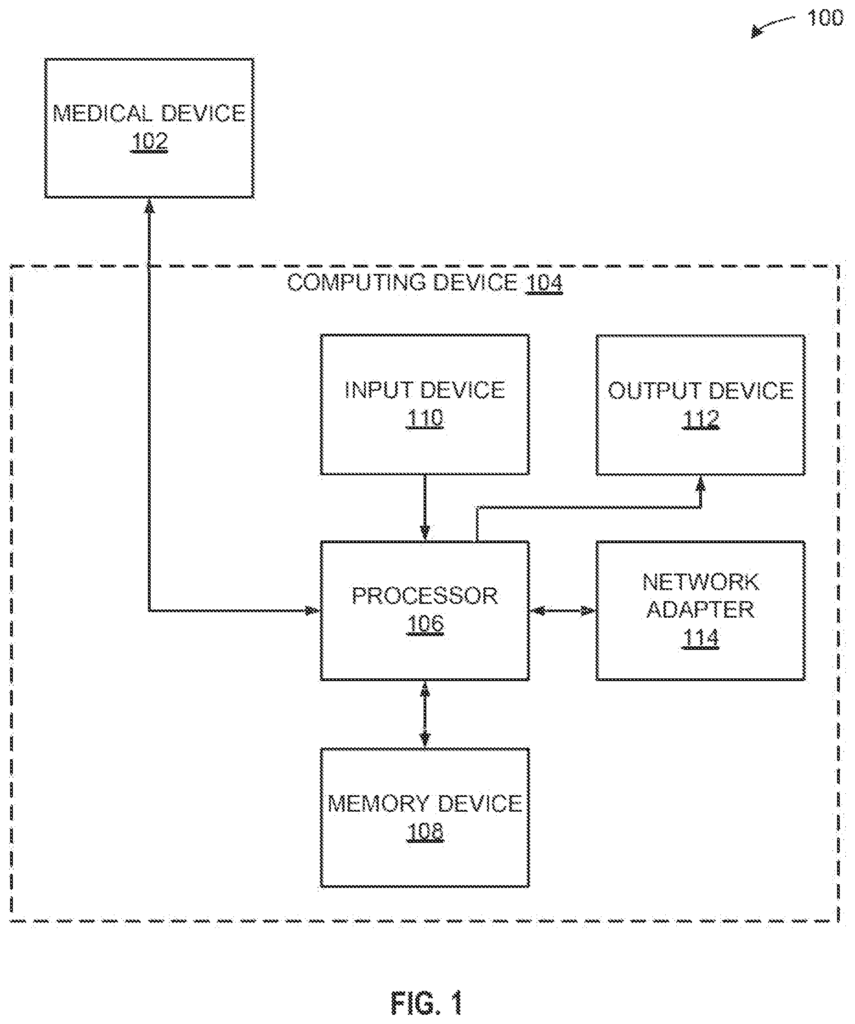
Background for The system and method of processing medical claims
The electronic medical record system (EMR) can be used to create and maintain an online record of health information about or pertaining to individuals in a health care organisation. Health-related data can be entered by many entities. For example, health care providers of individuals, including administrators, nurses and doctors. Also, billing companies, insurance companies, hospitals, testing centers (such as those that provide radiologic testing, blood testing, bodily fluid tests), and psychologists. For billing purposes, each healthcare service can have one or several medical billing codes. These codes may be Diagnosis-Related Groups (DRGs) and/or International Classification of Diseases codes (ICDs), e.g. ICD-10. A third-party payer, such as an insurer, can receive some of the EMRs for the patient, including one or more medical codes. This will be used to invoice the individual for their healthcare services. A medical claim is a bill or invoice submitted by a health insurer or another party to pay for the services and/or products provided by health care providers. The insurance company will determine its financial responsibility to pay the healthcare provider after a medical bill is submitted. Insurance companies may use procedures to prevent false claims from being approved. For example, they might reject payment for medical billing codes that are not in line with the services rendered. The insurance company can decide to pay a medical claim in its entirety, reduce the bill, deny a full claim or change the claim’s nature so that it is eligible for partial or full payment.
Medical billing can present problems in adjudication of medical billing codes, making it hard for healthcare providers to receive payment for their healthcare services. Data transfer from the healthcare company to the insurer may not be as reliable due to issues such as data consistency, data security and volume. Human error or malicious intrusions can also reduce the reliability. Telemedicine can lead to additional fraud, waste and abuse risks that bad actors may exploit. If a medical device is used at a place other than a hospital, a provider of healthcare may not have the ability to verify or validate that the billing was accurate. The mass transfer of these data packets to various parts of the system may also increase network load and slow down processing times.
The present disclosure, in general, provides a method and system for processing medical claims that are based on the medical services. These medical services can be performed by a person, by a device or by combining them, for example, an individual using certain devices.
A computer-implemented medical claim processing system is one of the aspects of the disclosed embodiments. The computer-implemented systems includes a medical tool configured to be used by the user to perform a treatment plan, a patient interface that is associated with the device and has an output for displaying telemedicine data associated with a session of telemedicine; and a processing unit. During a telemedicine session the processor will receive information from the medical device. The processor can then determine device-based coding by using the information generated by the medical device. The processor is also configured to transmit device-based medical code information to a claims adjudication server.
An aspect” of the disclosed embodiments is a system to process medical claims. The system contains a processor that is configured to receive information generated by a medical device. The processor can determine device-based coding by using the information generated by the medical device. The processor is also configured to transmit device-based medical code information to a claims adjudication server.
An aspect” of the disclosed embodiments is a method that a server in a clinic uses to process medical claims. The method involves receiving information from a device. The method also includes determining device based medical coding using device generated information. The method also includes transmitting device-based medical code information to a claims adjudication server.
An aspect” of the disclosed embodiments comprises a tangible non-transitory medium computer-readable. The tangible, nontransitory computer-readable media stores instructions which, when executed by a processor, cause the device-generated data from a medical instrument to be received. The processor uses the device-generated data to determine device-based medical code information. The processor transmits device-based medical code information to an adjudication server.
In a third aspect, the system is disclosed for generating and interpreting medical billing codes. The system consists of a medical device as well as a computing device. The computing device is a processor that communicates with the medical device. The processor is designed to receive information generated by the medical device, and to transmit that information to the clinic server. The processor can determine device-based coding by using the information generated by the medical device. The processor is also configured to make the clinic server transmit the device-based coding information to an adjudication server.
An aspect” of the disclosed embodiments is a method to operate a medical instrument. The method involves receiving information from the device. The method also includes sending the device-generated data to the clinic server. The method includes instructing the clinic server to use the device-generated data received to determine device based medical coding. The method also includes instructing the clinic server transmit device-based medical code information to an adjudication server.
An aspect” of the disclosed embodiments is a tangible non-transitory medium computer-readable. The tangible, nontransitory computer readable medium contains instructions that, upon execution, cause a medical device to send information to a processor. The instructions also cause the processor transmit device-generated data to a server in a clinic. The instructions also cause the processor, to have the clinic server, use the device-generated data to determine device-based coding information. The instructions also cause the processor’s clinic server to send the device-based medical code information to an adjudication server.
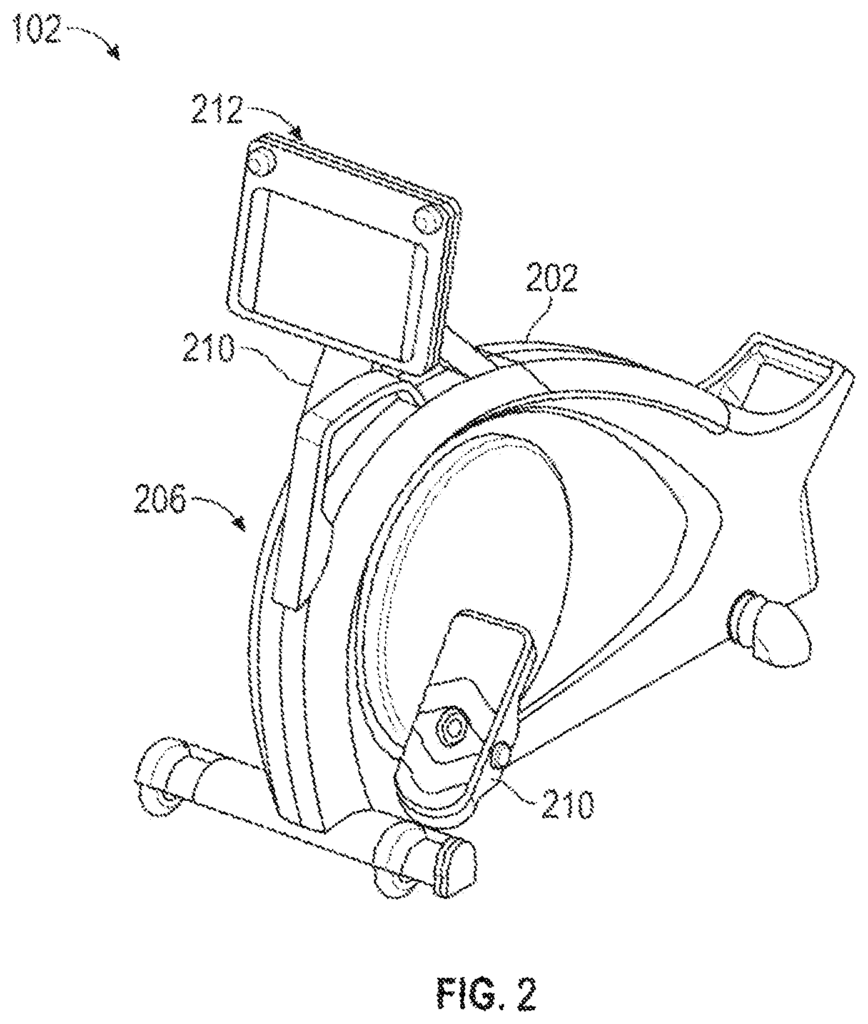
The following figures, descriptions and claims will reveal other technical features to a person skilled in the arts.
Another aspect of the disclosed embodiments is a system which includes a processor device and a storage device communicatively coupled with the processing device, and capable of storing instruction. The instructions are executed by the processing device to perform any method, operation, or step described herein.
Another aspect” of the disclosed embodiments is a tangible non-transitory, computer-readable medium that stores instructions which, when executed, causes a processing device perform any of these methods, operations or steps.
The following discussion will be directed at various embodiments in the present disclosure. The embodiments described should not be used to limit the scope of disclosure or the claims, even if one or more embodiments are preferred. A person skilled in the field will also understand that this description is broad and that any discussion of an embodiment is only meant to be exemplary and is not intended to imply that the scope or disclosure, including claims, are limited to that particular embodiment.
Determining the optimal remote examination procedure to create an optimal plan of treatment for a patient with certain characteristics” (e.g. vital-sign measurements or other measurements, performance, demographic, psychographic, geographic, diagnostic, measurement- or tests-based, medically historical, behavioral-historic, cognitive, etiological, cohort-associative, differentially diagnosing, surgical, physically therapeutic and pharmacologic treatment(s) etc.). It may be a difficult problem to solve. When determining a plan of treatment, for example, many factors may be taken into consideration, which can lead to inaccuracies and inefficiencies in the selection process. In a rehabilitation setting, the information that is considered can include personal information about the patient, performance data, and measurement data. Personal information can include demographic, psychographic, or other information such as age, weight, gender, height, body mass index, medical condition, family medication history, injury, medical procedure, medication prescribed, etc. The performance information can include, for example, the elapsed duration of using a device to treat pain, the amount of force applied on a part of the device that is used, the range of motion of a particular portion, the movement speed of one portion, the duration of using the device or a combination of these. The measurement information can include, for example, vital signs, respiration rates, heartrates, temperatures, blood pressures, glucose levels, or any other biomarker. It may be necessary to analyze and process the characteristics of many patients, their treatment plans, and their results.
Another technical problem could be treating a patient distally, using a computing device, during a telemedicine consultation, from a different location than the one where the patient is. Another technical issue is the ability to control or enable, from a different location, a patient’s treatment device at their location. When a patient has rehabilitative surgery, a medical professional will often prescribe a device for the patient to use at home or any other mobile location. A medical professional can be a doctor or physician assistant. It could also refer to a chiropractor, dentist, physical therapy, acupuncturist, trainer, physical trainers, etc. “A medical professional is anyone with a degree, credential or license in medicine, physical therapy or rehabilitation.
When the healthcare provider is in a different location from the patient, it can be difficult for them to monitor their actual progress in using the device. They may have to modify the plan of treatment according to how the patient is progressing, or adapt the device to fit the individual characteristics of the person as they perform the treatment plan.
Further… in addition to information described above, determine optimal examination procedures for any particular illness (e.g. injury, disease, or other medical condition applicable, etc.). Physically examining an injured part of the body is one option. A healthcare provider such as a doctor or physical therapist may visually inspect an injured body part, for example, a joint in the knee. This inspection can include looking for signs such as inflammation, injury, or deformity. The healthcare provider can observe the injured part while the patient is performing normal activities (e.g., bending the knee, extending it, and measuring any limitations in the range of motion). Healthcare providers may touch the injured part with one or more fingers and/or hands. The healthcare provider can determine the extent of an injury by applying pressure to the affected body part. The healthcare provider may use his fingers to palpate an injured body part in order to detect any tenderness, warmth or weakness.
It may be necessary to compare the characteristics of an injured body part and those of a non-injured corresponding body part in order to determine the best treatment plan to give the patient to achieve the desired outcome. The healthcare provider can examine the non-injured part of the patient. The healthcare provider may, for example, palpate the non-injured part of the body (e.g. a left leg) to establish a baseline on how that part functions and feels. The healthcare provider can use the results from the examination of the injured body part, such as a right leg, to determine the extent to which the injury has occurred. Injured body parts can also affect other parts of the body (e.g. a knee injury could limit the use the leg affected, leading to leg muscle atrophy). The healthcare provider can also examine other body parts to determine if there is evidence of injury or atrophy in the surrounding ligaments and tendons. This includes the quadriceps muscles, hamstrings muscles, or calf muscles of the leg that has the knee injury. The healthcare provider can also get information about the pain level of the patients before, during and/or following the examination.
The healthcare provider may use information from the examination, such as the results of the exam, to determine the best treatment plan for the individual patient. The healthcare provider might not be able fully to assess the injury of the patient if he or she cannot physically examine one or more parts of the body. This could lead to a treatment plan that is not optimal. In accordance with this, embodiments of the disclosure relate to systems and techniques for conducting a remotely examination of a person. The remote examination system allows the healthcare provider to perform a remote exam of the patient not only through communication with the patient but also by virtually observing or feeling one or more parts of the body.
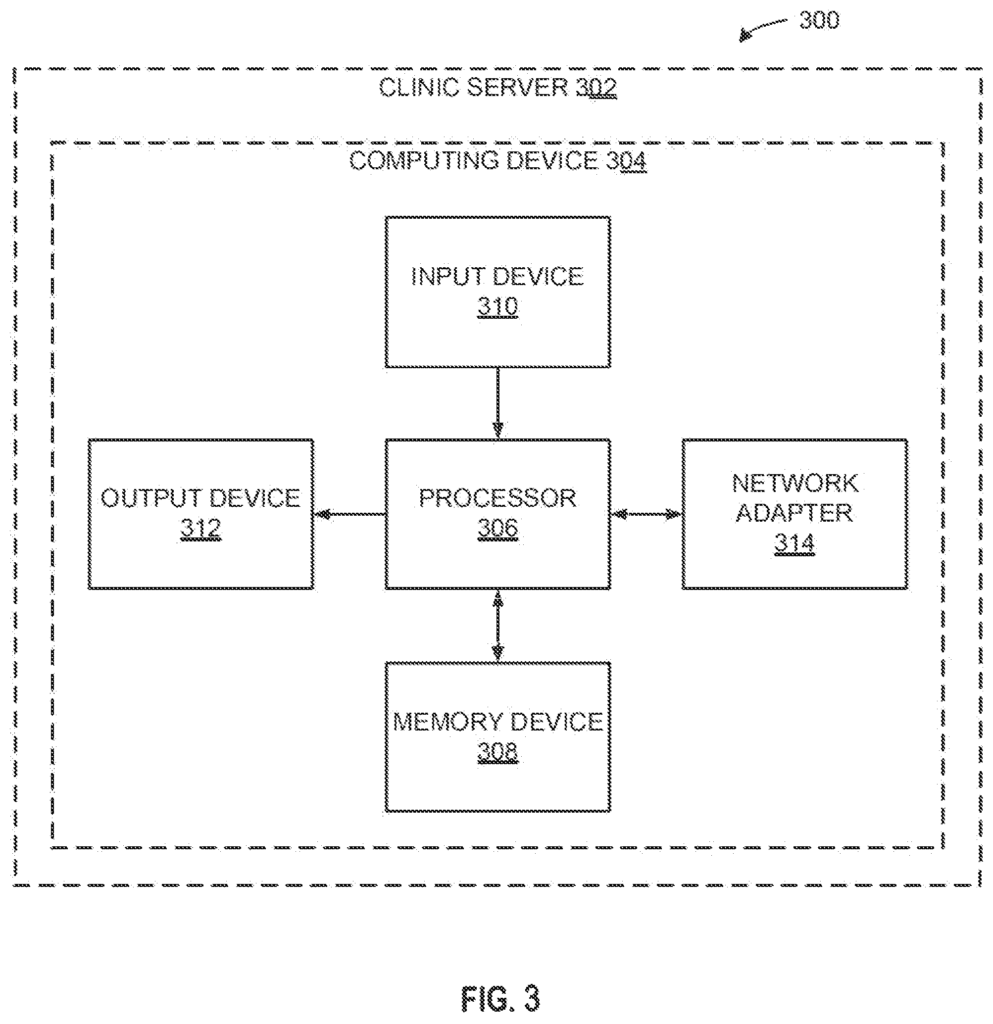
In some embodiments, systems and methods described in this document may be configured to manipulate a medical device. The systems and methods can be used to manipulate a medical device by an individual as the individual performs a treatment plan. The individual can be a patient, user or another person who uses the treatment device for various exercises such as prehabilitation, rehabiliation, stretch training (e.g. pliability), medical procedures and the like. The systems and methods described in this document may be configured to provide and/or use a patient interface that includes an output device. This output device can present telemedicine data associated with a session of telemedicine.
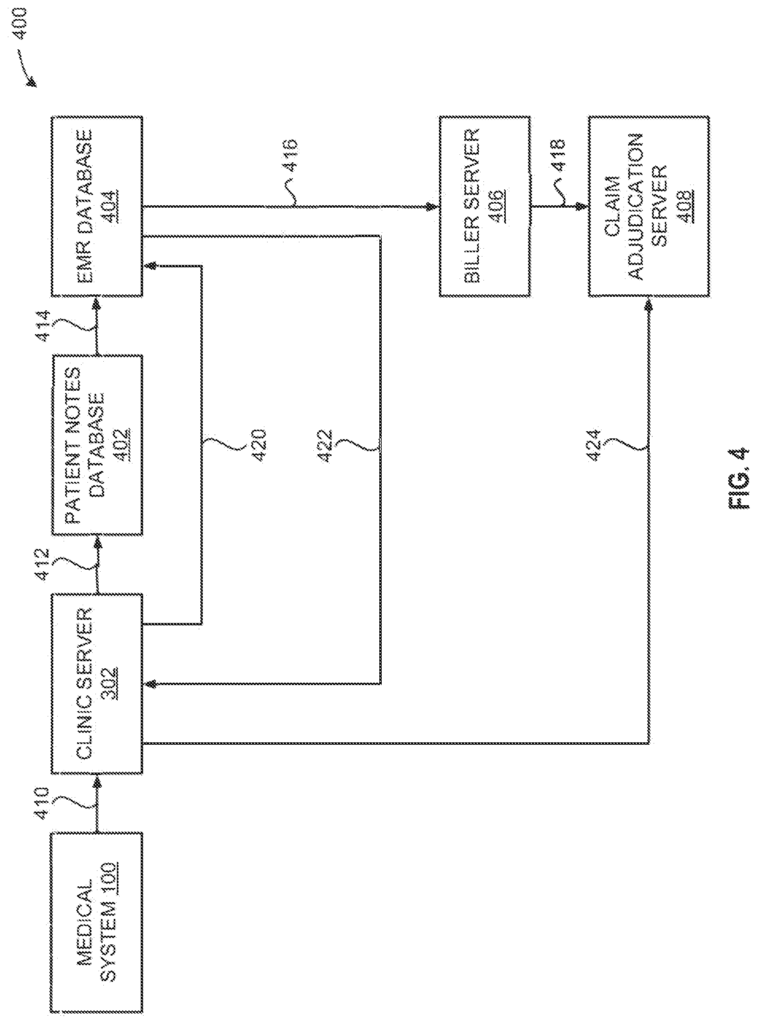
Click here to view the patent on Google Patents.
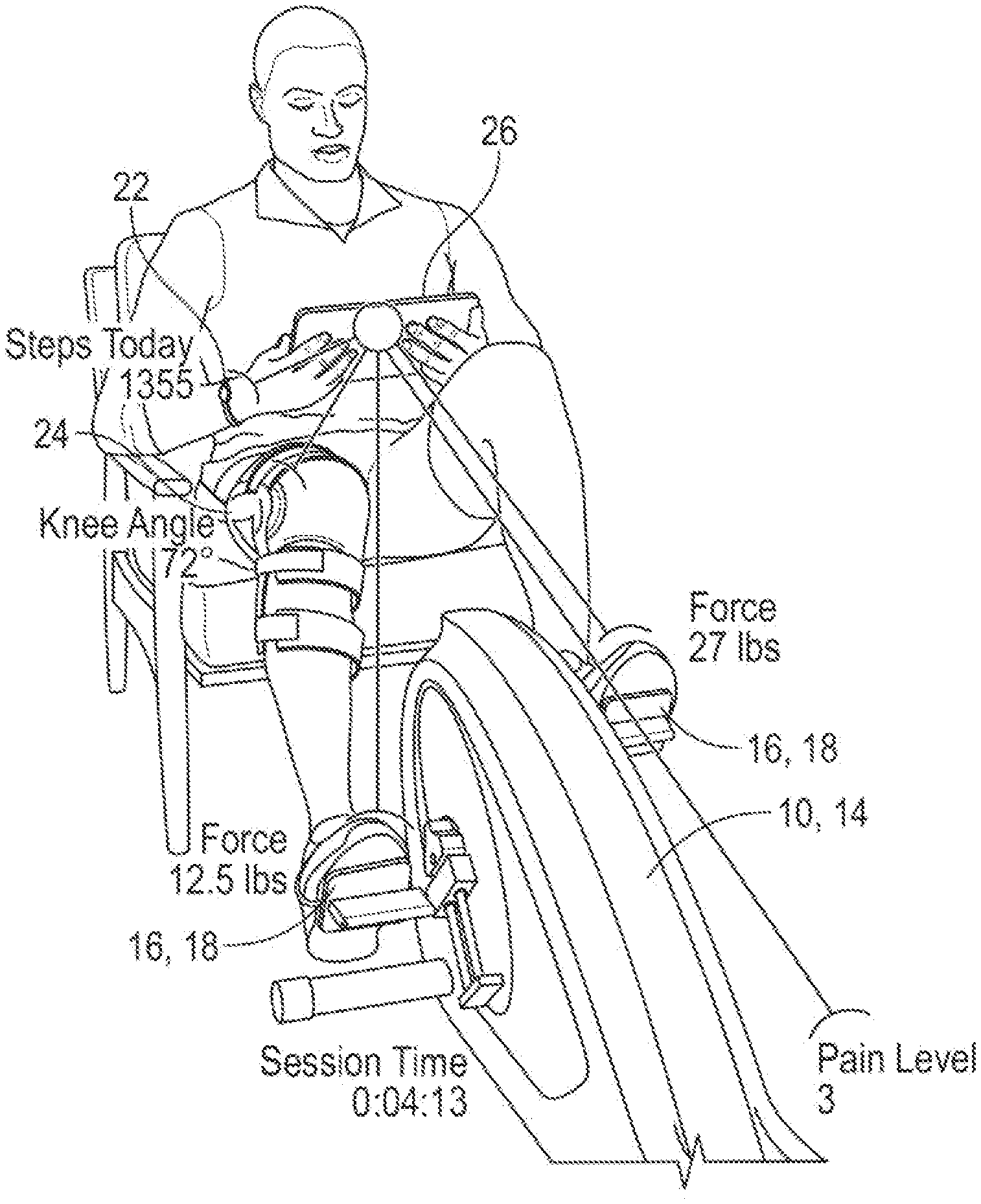
Leave a Reply